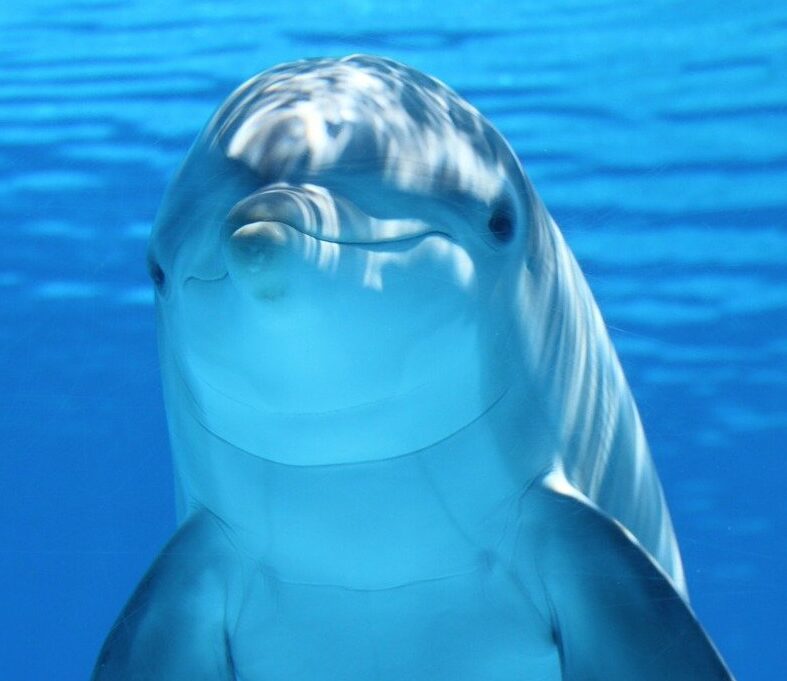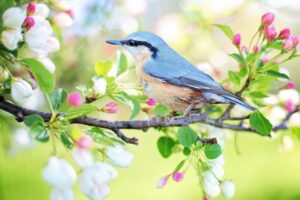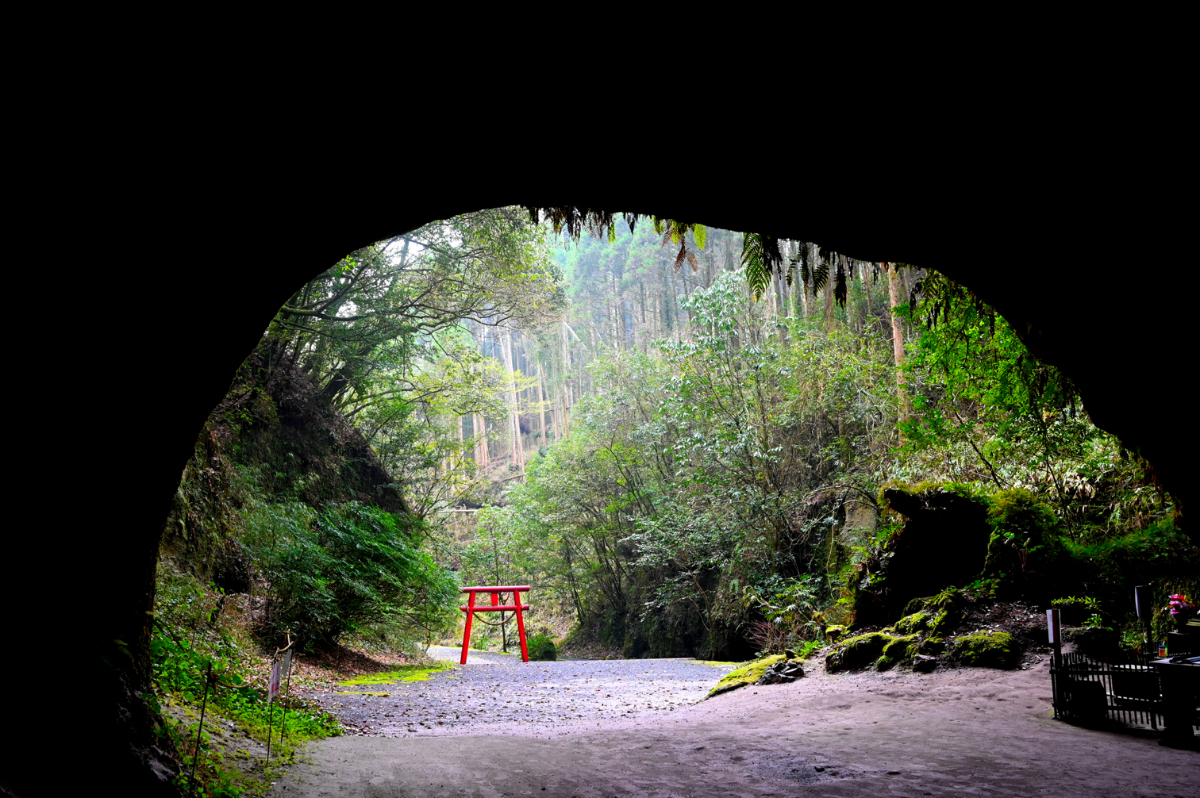Hi everyone! It’s Pentleman (@pentleman_blog) here!
 Sloth-san
Sloth-san
 Dolphin-san
Dolphin-san
In Japan, we have a culture which people enjoy a flow of four seasonal changes.
Japanese have been developed the earth related beautiful feelings, so that’s why we have 465 traditional colors which have nature originated names.
– People who are interested in Japanese nature related expressions
– People who don’t have their purpose of life
I hope this essay can expand your sense of life.
Let’s find it through this short essay!
Japanese Word, “Ka-Cho-Fu-Getsu”

“Ka-Cho-Fu-Getsu”, a Japanese phrase that shows the beauties of nature and elegant pleasures by writing or composing poems about them, directly to be translated as “Flowers-Birds-Wind-Moon”.
They have been the major themes of art since the olden days.
This word expresses the four scenes that finding beauties when seeing flowers, looking up to the freedom of birds, feeling the elegance of the wind and loosing oneself in thought while enjoying lovely scenery of the moon gently.
Another Meaning; Approaching towards Death

Jugo-ya; an event for enjoying the moon with miscanthus and dumplings
On the other hand, “Ka-Cho-Fu-Getsu” has another meaning, which is the metaphor of recognition of anyone’s death.
When getting old and approaching towards death, first we are interested in flowers, at the first Ka part . Madams who are looking for nice vessels are easily found in gardening shops rather than young female.
At Cho stage as second, if you go to the mountains, bird watchers, mostly elder men enjoy their life.
Third, Fu- the wind, when walking on the path by the river feeling brisk breeze, there’re more elder couples than teenagers.
In October, there’s a traditional event, which is called Jugo-ya, enjoying the moon (Getsu) with miscanthus and dumplings. Elders look up sky and think about their life deeply under the mild atmosphere after passing hot and humid Japanese summer.
“Watch out! Do you still have anything you really want to finish in your life?”
The emotional changes murmur to us calmly.
Nothing is permanent

“祇園精舎の鐘の声. 諸行無常の響きあり”.
The sound of bells echoes through the monastery at Gion Shoja, telling all who hear it that nothing is permanent
, the starting phrase of Heike story.
Impermanence is the fundamental concept in Buddhism. Everything is changing continuously. We tend to forget and sometimes try to avoid impermanence, like the history of development of the elixir.
Japanese junior high school students have a test to recite the old story in classic. It seems people only realize the fact later in their life spending it in a routine cycle.
“The same as the dust flown by the wind.”
The first chapter ends as this, being handed down verbally by Biwa minstrels.
“Who moved my cheese!?” Nothing stays as the same.
 Pentleman
Pentleman
Pentleman’s Photo Travel

@ Mizonokuchi Cave, Soo, Kagoshima in March



